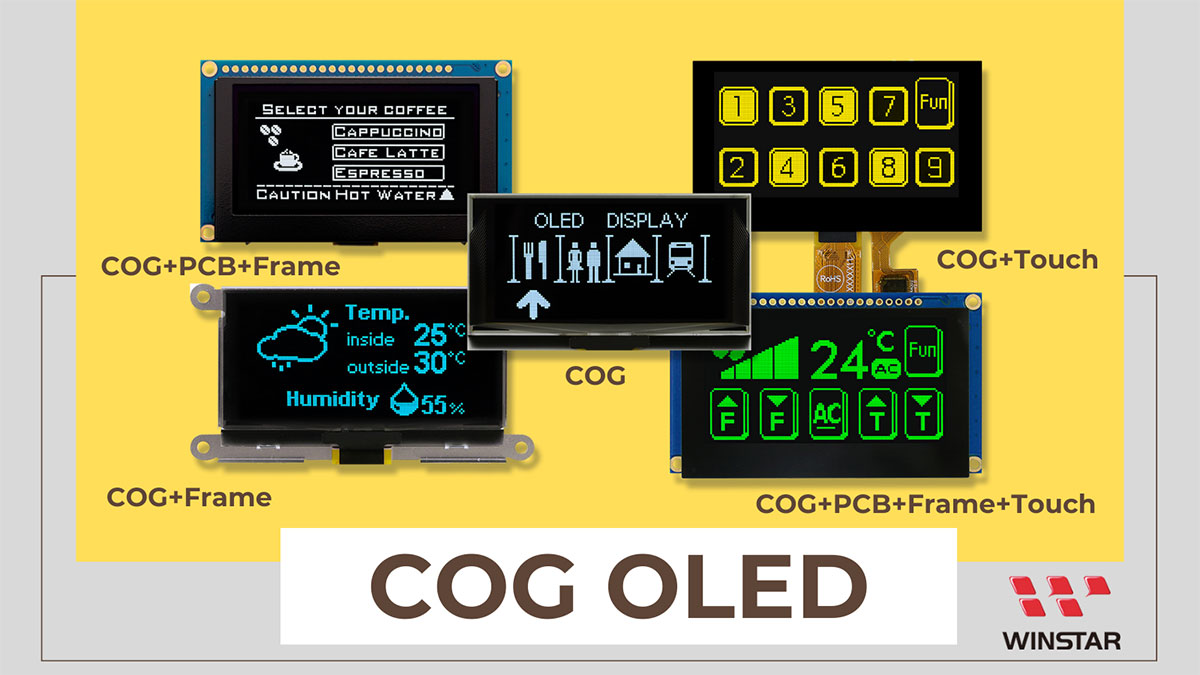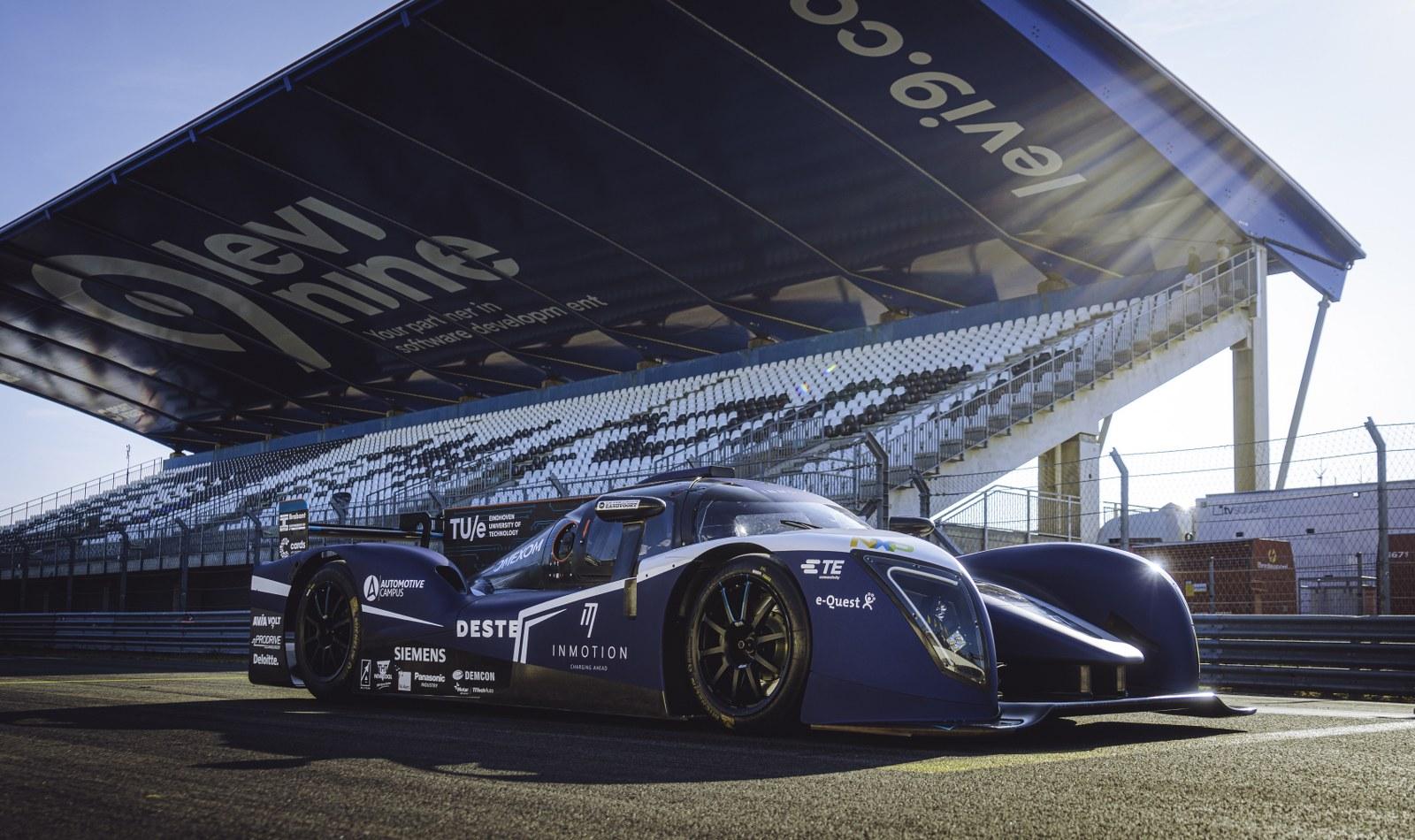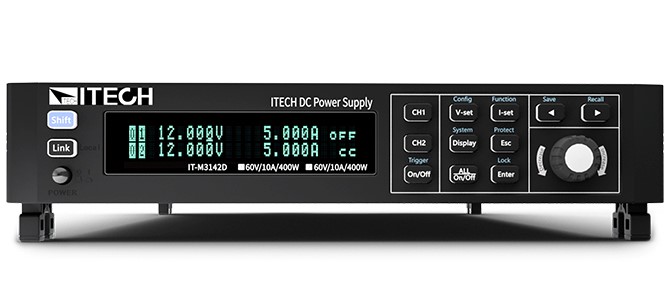 Door: Nijkerk Electronics
Door: Nijkerk Electronics Head-up displays (HUDs) have become increasingly common in passenger cars, but they have been slower to be adopted in public transportation systems such as trams, trains, and subways. However, recent technological advancements and a growing focus on driver safety are driving a trend toward using HUDs in public transportation.
The benefits of HUDs in public transportation include improved safety and ergonomics for drivers. By providing critical information such as speed, navigation, and warnings directly in the driver’s line of sight, HUDs reduce the need for drivers to look away from the road, reducing the risk of accidents. Additionally, by providing information in an ergonomic way, HUDs can help reduce driver fatigue and improve overall driving performance.
Despite these benefits, there are several challenges and barriers to adopting HUDs in public transportation systems. One challenge is cost. Public transportation systems often have limited budgets, and the cost of implementing new technology can be a significant barrier to adoption. Additionally, HUD technology is still relatively new and may not be readily available from all suppliers.
Another challenge is the complexity of integrating HUDs into existing vehicles. Many public transportation systems have older vehicles that may not be designed to accommodate new technologies like HUDs. Retrofitting vehicles to add HUDs can be difficult and expensive, and may not always be practical.
Concerns for drivers can also be a potential barrier to adoption. Drivers may be skeptical of new technology, or worry that using a HUD could be distracting or add complexity to their job. In addition, drivers may not have the power to decide which features or technologies are included in the vehicle, as public transportation systems may prioritize other factors such as cost, passenger experience, or environmental concerns when making purchasing decisions.
Despite these challenges, there are solutions available that can help public transportation systems overcome these obstacles and adopt HUDs. One solution is the LUMINEQ transparent head-up display, designed specifically for public transportation systems.
The LUMINEQ HUD has several advantages over traditional projected HUDs, including simpler setup, space-saving, and a wider viewing angle. Additionally, the LUMINEQ HUD can be integrated into the windshield or installed on top of the dashboard as a standalone display, providing flexibility in installation options to meet the specific needs of different vehicles and public transportation systems.
To overcome the cost barrier, public transportation authorities can seek out HUD suppliers that offer affordable solutions that can be integrated into their existing vehicles. Moreover, they can collaborate with these suppliers to explore funding options like grants or other forms of financial aid to offset the costs of installing new technology.
To address driver concerns, public transportation authorities can partner with HUD suppliers to provide drivers with thorough training and support. This will help them to better understand the benefits of HUDs and how to use them effectively. Additionally, public transportation authorities can work with suppliers to gather driver feedback and integrate it into future HUD development and implementation plans. They can also collaborate with driver unions and other advocacy groups to ensure that driver feedback and concerns are taken into consideration during purchasing decisions.
In conclusion, the trend towards the use of HUDs in public transportation systems is growing, driven by a focus on driver safety and improved driving performance. While there are challenges and obstacles to adoption, there are solutions available that can help public transportation systems overcome these barriers and realize the benefits of HUDs. By working collaboratively with suppliers and other stakeholders, public transportation systems can ensure that driver safety and ergonomics are prioritized in the design and implementation of HUDs, and that drivers are included in the decision-making process.
If you want more information or if you have any questions about this solution, please contact Nijkerk Electronics!
An article about the pros and cons of different HUD Solutions can be found here.





